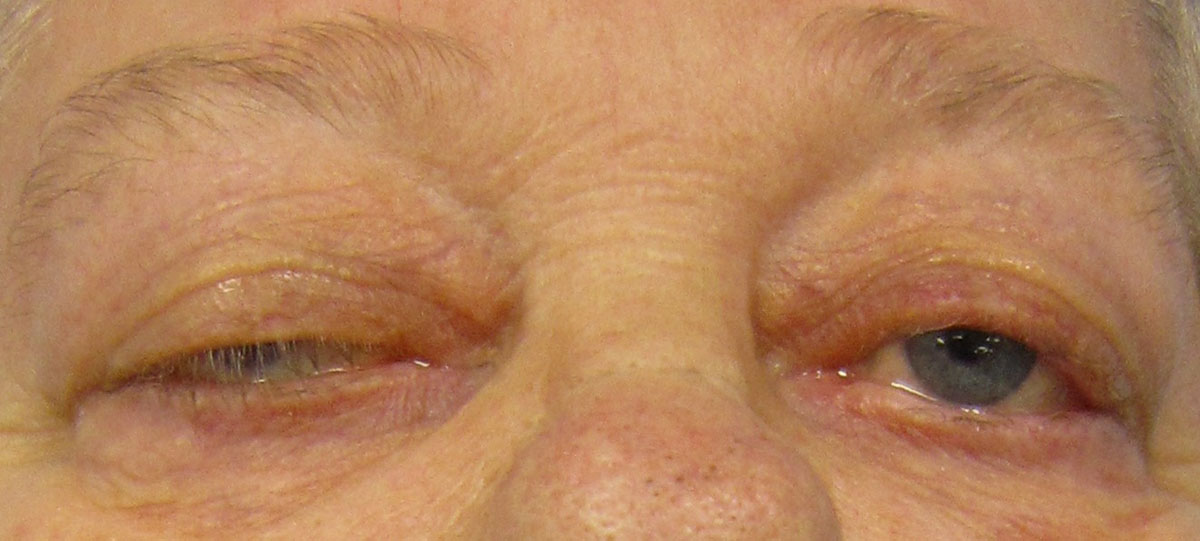
What is myasthenia gravis and what causes it?
Myasthenia gravis is a very serious condition that happens when the normal communication between the nerves and muscles is broken. As a result, the person will feel weakness and tiredness of some of the muscles that are under voluntary control. Practically, this condition can affect anyone, but if judging by the statistics, it can be concluded that it is a bit more common among women under 50 years old and men over 50.
Although the scientists are still not sure, it is believed that the cause of the myasthenia gravis, or more precisely, the cause of the communication breakdown between the nerves and muscles lies in the thymus gland. The reason for such a belief is the fact that in many cases, either this gland was abnormally enlarged, or the people with this condition had tumors on this gland. Since this gland produces certain antibodies that may block or destroy receptor sites necessary in the mentioned communication, it is possible that the scientists are right.
Even though this disease may affect any of the muscles which we can control, certain groups are a bit more frequently affected. Such are eye muscles, because some of the first symptoms are related exactly to them; muscles of face and throat, because activities such as chewing, swallowing and even speaking are often deteriorated; and muscles of arms and legs, so the weakness in these extremities is practically inevitable sign.
Methods of treatment and complications
As far as the treatment is concerned, all the available methods are focused on relieving the symptoms, because this disease cannot be cured. The treatment will be determined by a doctor, and, depending on the case, he may even decide to combine a few methods. Medications that are used in myasthenia gravis are corticosteroids, since they limit the production of antibodies and improve the strength of the muscles; immunosuppressants, since they improve the immune system; and cholinesterase inhibitors, because they improve the communication between the muscles and nerves.
Surgery is yet another option, though only in the patients who have a tumor in thymus gland, because in their cases, this gland needs to be removed. Plasmapheresis and intravenous immune globulin are procedures which are also used in the treatment of myasthenia gravis, though the benefits from these therapies last for a few weeks and not more than two month.
As for the complications, myasthenic crisis can be potentially fatal, because the muscles that control breathing become too weak at certain point. Also, people with this condition are more susceptible to developing overactive or underactive thyroid, lupus, and rheumatoid arthritis.

















Your thoughts on this
Loading...